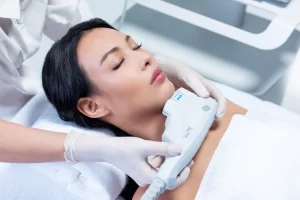Most of the time, in the West, the type of massage you will get when you visit a spa is a Swedish massage. While there are many different types of massage, this is the most popular type of bodywork because it typically involves applying medium pressure through a series of carefully structured and timed stroke sequences. The modality is common because it is very effective for relieving tension in the muscles and encouraging a more relaxed state, so it is the main course that IKRA Massage Therapy School offers.
Swedish Massage: A History
The type of massage we know commonly today as “Swedish” massage was developed by a man by the name of Peter Henry Ling (Per Henrik Ling). He dedicated much of his life to the study of chronic pain: more specifically, in movements that could help to alleviate chronic pain. As a pain-sufferer himself, he used his own body to develop gymnastic “movements” that would, indeed, alleviate pain. These “movements” evolved into what we know as the earliest forms of Swedish massage, sometime in the earlier part of the 19th century; which begat him the name “Father of Massage”.

Swedish Massage: A Closer Look
At the time of Ling’s development, the meridian-healing energy massage modalities of the East were growing in popularity. Ling wanted something more grounded in the manipulation of the physical components of the body.
He developed, then, a series of “strokes” that would break up muscle tension—known as “knots”—over the course of a 50 or 90 minute session. What came to be known as “bodywork” would relieve tension and promote healing and overall relaxation, which in turn would encourage other health benefits, too.
Swedish Massage: Effleurage
The first stroke applied in a Swedish massage is called Effleurage. This is a series of long, gliding strokes with the hands (either in open palm or fist) rolled along the muscle, often continuing from the hand and up the forearm. The long, sweeping stroke is used to smooth the body and help distribute the lotion for lubrication of the skin.
Swedish Massage: Petrissage
The first stroke warms the muscles up for more intense work, which comes from the Petrissage stroke. These are the kneading and rolling strokes that penetrate deeper tension in the muscle and also promote cell regeneration and repair.
Swedish Massage: Tapotement
A series of percussive, stimulating strokes, tapotement is often used to signal the body the end of one stroke sequence and the beginning of another.




